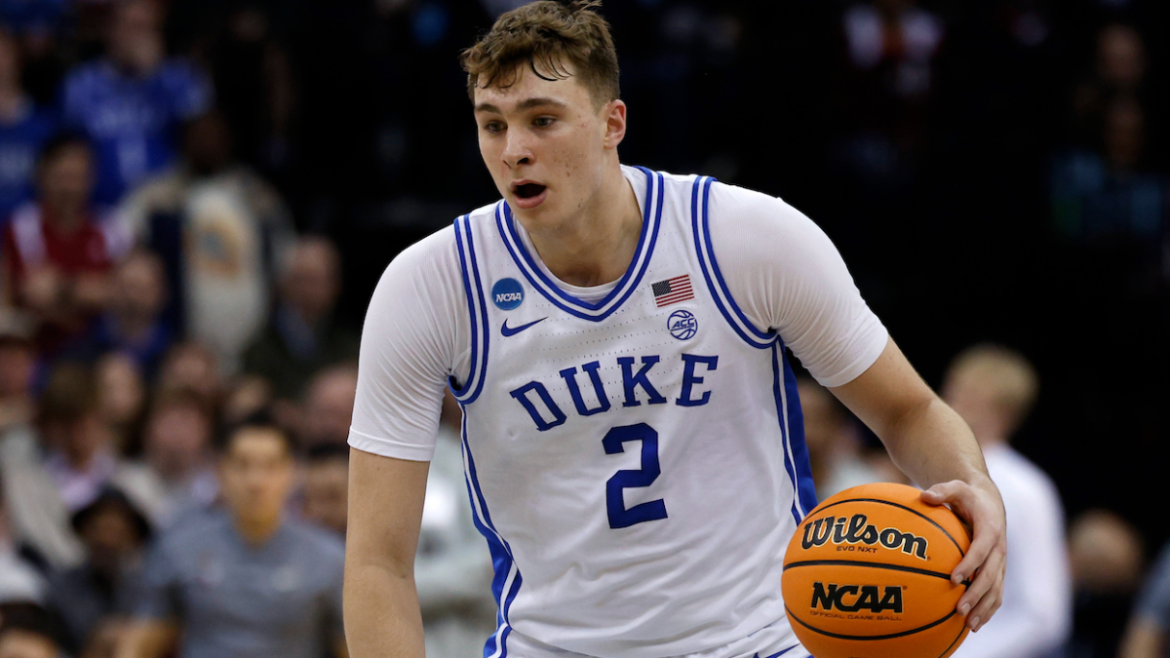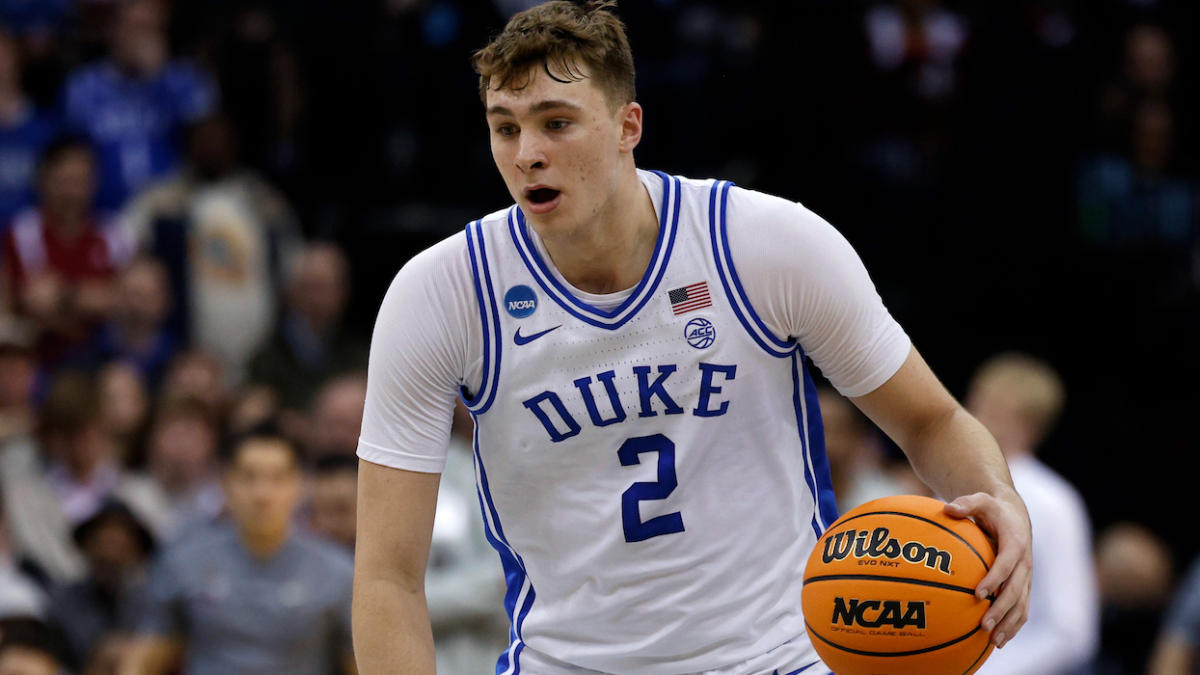Cooper Flagg’s emergence as a college basketball phenomenon has not only captivated fans but reshaped the conversation around Name, Image, and Likeness (NIL) deals in collegiate sports. As one of the highest-valued athletes in the NCAA’s NIL era, his financial profile offers a revealing case study of how top-tier talent can monetize their brand well before turning professional.
The Financial Landscape of Cooper Flagg’s NIL Deals
Flagg’s current NIL valuation stands impressively at around $4.8 million, positioning him as the highest-earning college basketball player in this realm. This figure, sourced from metrics such as On3’s media tech tracking and corroborated by multiple analyses, is built on a mosaic of endorsements. Key partnerships include significant contracts with New Balance, Gatorade, and Cort Furniture, among others. His social media influence, amassing over 900,000 followers, amplifies his marketability, making him an attractive figure for brands seeking youthful yet impactful outreach.
Interestingly, his NIL earnings dwarf typical college athlete benchmarks but represent only a fraction of the income potential that looms with his anticipated professional leap. The Duke freshman’s rookie NBA contract alone is projected to be valued at over $63 million, a staggering sum dwarfing even his NIL portfolio. This dynamic exemplifies a burgeoning trend where elite athletes can secure multimillion-dollar endorsements concurrent with or even preceding their professional careers.
Managing the Balance: Navigating NIL and Athletic Commitments
The complexity of handling such lucrative deals while fulfilling rigorous collegiate athletic and academic demands is not trivial. Duke’s General Manager has publicly highlighted the challenges of maintaining this balance, especially given Flagg’s substantial $2.6 million worth of NIL agreements that require careful management. The role often involves “being the bad guy” to ensure contractual obligations and brand expectations are met without compromising athletic focus.
Moreover, ethical and conflict-of-interest considerations occasionally surface, as reflected in recent exchanges surrounding perceived conflicts within coaching circles, signaling an evolving governance landscape in this new commercial era. Flagg’s handling of these elements highlights the sophistication necessary for modern student-athlete brand management.
The Broader NIL Effect on College Sports Ecosystem
Flagg’s case cannot be fully appreciated without understanding the broader NIL impact on college sports. The zero-limit transfer portal and NIL financial incentives have disrupted traditional collegiate models and competitive balance. Mid-major programs, for example, face greater challenges retaining talent, as lucrative deals frequently cluster around high-profile schools and marquee athletes.
The financial opportunities available to players like Flagg create incentives that may influence decisions about returning to college or declaring early for the NBA draft. Despite heartfelt appeals from Duke supporters and coaching staff to return for additional collegiate seasons, the sheer scale of potential NBA earnings coupled with NIL considerations often tips the scale towards earlier professional entry.
Speculation and Reality: The Proposed $28 Million NIL Figure
While the predominant consensus places Flagg’s NIL earnings around $4.8 to $5 million, some industry insiders, like Howard Bryant, have suggested dramatically higher total NIL income, estimating upwards of $28 million during his time at Duke. Though such figures have not been officially confirmed, they imply that additional private or undisclosed agreements may exist, or that projected earnings over his remaining collegiate eligibility have been aggregated.
This speculation emphasizes the opacity still lingering around NIL deal structures, sizes, and durations. Unlike professional contracts governed by league-wide disclosure norms, NIL agreements remain largely private, complicating transparent market analyses.
NIL Deals Versus NBA Potential: The Economic Crossroads
Comparing Flagg’s NIL wealth to his potential NBA earnings sheds light on strategic decisions young athletes face. His anticipated rookie deal—valued at approximately $63 million over four years—far outstrips his current endorsement income. Long-term, professional contracts, plus subsequent endorsement growth aligned with NBA exposure, could balloon his net worth into hundreds of millions when including future contracts, endorsements, and ancillary business ventures.
Nonetheless, NIL deals allow him to monetize his brand without relinquishing NCAA eligibility, providing a valuable income stream and market experience. For some, staying in college longer may boost NIL earnings; however, lost potential NBA salary and injury risk often outweigh those benefits. Reports suggest that delaying the draft could “push back a second contract worth up to $398.5 million,” underscoring the high stakes of career timing.
Conclusion: Cooper Flagg as a Harbinger of a New Collegiate Era
Cooper Flagg’s NIL valuation, endorsements, and financial trajectory symbolize a paradigm shift in college athletics where athletes wield unprecedented commercial power alongside their on-court prowess. His narrative highlights evolving complexities around athlete compensation, competitive equity, and career decision-making that define the contemporary sports landscape.
The synergy of athletic excellence, brand appeal, and strategic financial management creates a template for future athletes navigating the NIL era. As Flagg balances multimillion-dollar deals, public expectations, and professional aspirations, his journey provides a compelling lens on how college sports and athlete empowerment intersect in the 2020s and beyond.





